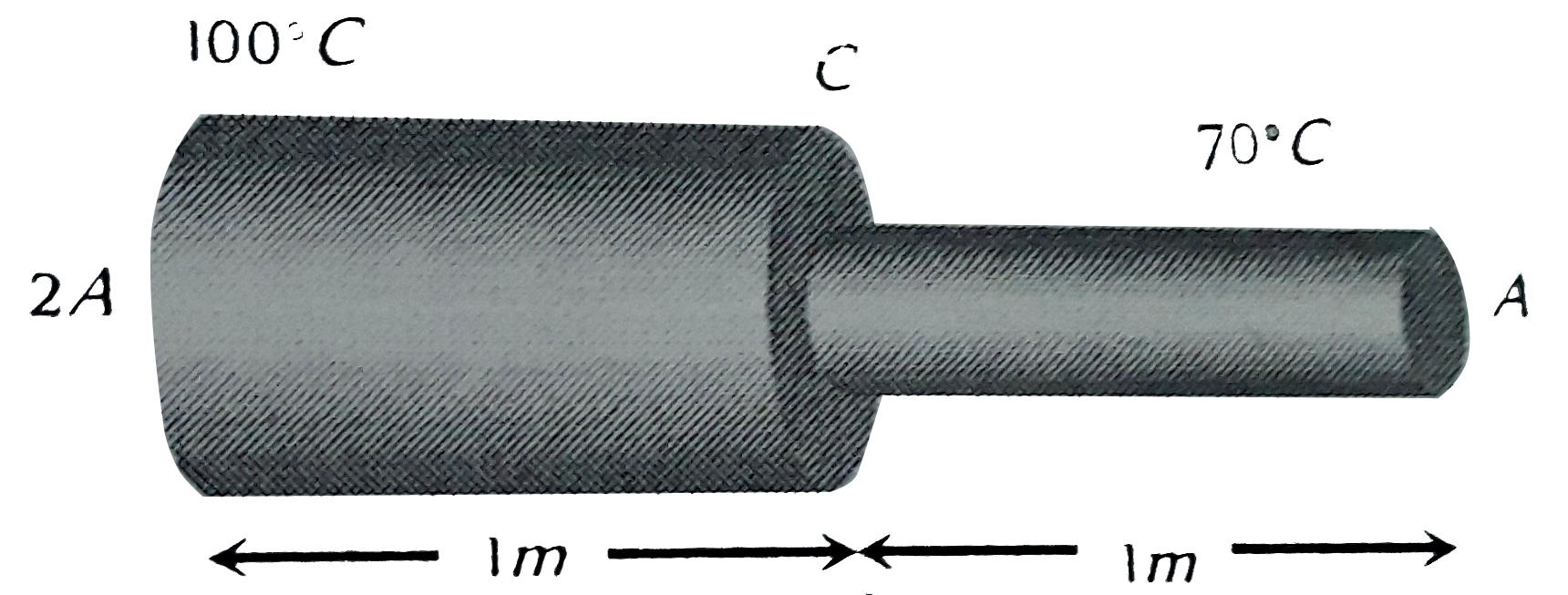A few organism are known to grow and multiply at temperature of 100−105∘C. They belong to
Thermophilic sulphur bacteria
Hot spring blue-green algae
Thermophilic subaerial fungi
Marine archaebacteria
The correct Answer is:B
Step-by-Step Solution:
1. Understanding the Question: The question asks about organisms that can grow and multiply at temperatures between 100°C and 105°C.
2. Analyzing the Options: We have four options to consider:
- Thermophilic sulfur bacteria
- Hot spring blue-green algae
- Thermophilic sub-aerial fungi
- Marine archaebacteria
3. Evaluating Each Option:
- Thermophilic Sulfur Bacteria: These bacteria can survive in high temperatures ranging from 41°C to 122°C, with an optimum growth temperature around 75°C. This means they can tolerate the high temperatures mentioned in the question.
- Hot Spring Blue-Green Algae: They have an optimum growth temperature of around 45°C, which is well below the required range.
- Thermophilic Sub-Aerial Fungi: These fungi can grow at temperatures between 65°C to 80°C, which is also below the required range.
- Marine Archaebacteria: These organisms thrive at temperatures of 35°C to 40°C, which is significantly lower than the range specified.
4. Conclusion: Based on the evaluations, the only organisms that can grow and multiply at temperatures of 100°C to 105°C are the thermophilic sulfur bacteria.
5. Final Answer: The organisms that grow and multiply at temperatures of 100-105°C belong to thermophilic sulfur bacteria.
---
- Thermophilic sulfur bacteria
- Hot spring blue-green algae
- Thermophilic sub-aerial fungi
- Marine archaebacteria
- Thermophilic Sulfur Bacteria: These bacteria can survive in high temperatures ranging from 41°C to 122°C, with an optimum growth temperature around 75°C. This means they can tolerate the high temperatures mentioned in the question.
- Hot Spring Blue-Green Algae: They have an optimum growth temperature of around 45°C, which is well below the required range.
- Thermophilic Sub-Aerial Fungi: These fungi can grow at temperatures between 65°C to 80°C, which is also below the required range.
- Marine Archaebacteria: These organisms thrive at temperatures of 35°C to 40°C, which is significantly lower than the range specified.
Topper's Solved these Questions
- BIOLOGICAL CLASSIFICATIONBOOK - AAKASH INSTITUTE ENGLISHCHAPTER - BIOLOGICAL CLASSIFICATIONEXERCISE - Assignment (Section-D) Assertion - Reason Type Questions
15 Videos
- BIOLOGICAL CLASSIFICATIONBOOK - AAKASH INSTITUTE ENGLISHCHAPTER - BIOLOGICAL CLASSIFICATIONEXERCISE - Assignment (Section - B) (Objective Type Questions)
35 Videos
- BIODIVERSITY AND CONSERVATIONBOOK - AAKASH INSTITUTE ENGLISHCHAPTER - BIODIVERSITY AND CONSERVATIONEXERCISE - SECTION - D (Assertion-Reason Type Questions)
10 Videos
- BIOMOLECULESBOOK - AAKASH INSTITUTE ENGLISHCHAPTER - BIOMOLECULESEXERCISE - ASSIGNMENT (SECTION-D) Assertion-Reason Type Questions
10 Videos
Similar Questions
Most living organisms cannot survive at temperature above 45∘C∘. How are some microbes able to live in habitats with temperatures exceeding 100∘C?
View SolutionA balloon filled with helium gas having pressure 2 atm was kept at room temperature (of 27∘C). What will be the resulting temperature if it bursts? (Assume that change occurs reversibly)
(1)−60∘C(2)−45.65∘C(3)−30.15∘C(4)−10.5∘C
View SolutionThe two rods show in figure have identical geometrical dimension.. They are in contact with two heat baths at temperature 100∘C . And 0∘C . The temperature of the junction is 70∘C . Find the temperature of the junction if the rods are interchanged.

View SolutionA square is made of four rods of same material one of the diagonal of a square is at temperature difference 100∘C, then the temperature difference of second diagonal:
View SolutionThe efficiency of a Carnot engine operating between temperatures of 100∘C and −23∘C will be
View SolutionWhen 100 g of a liuqid A at 100∘C is added to 50 g of a liquid B at temperature 75∘C, the temperature of the mixture becomes 90 C, if 100g of liquid A at 100∘C is added to 50 g of liquid B at 50∘C will be.
View SolutionMost living organisms cannot survive at temperatures above 45∘ How are some microbes able to live in habitats with temperatures exceeding 100∘
View SolutionWhen two closed organ pipes at 0∘C are sounded together 20 beats are heard in 4 seconds. How many beats will be heard per second when the temperature is 100∘C. The increase in length of the pipes due to rise in temperature may be neglected.
View SolutionThe rate of reaction is doubled for every 10∘C rise in temperature. The increase in rate as result of an increase in temperature from 10∘C to 100∘C is how many times of the original rate?
View SolutionA metal rod of length 2 m has cross sectional areas 2 A and A as shown in figure. The ends are maintained at temperatures 100° C and 70° C . The temperature at middle point C is

View Solution
